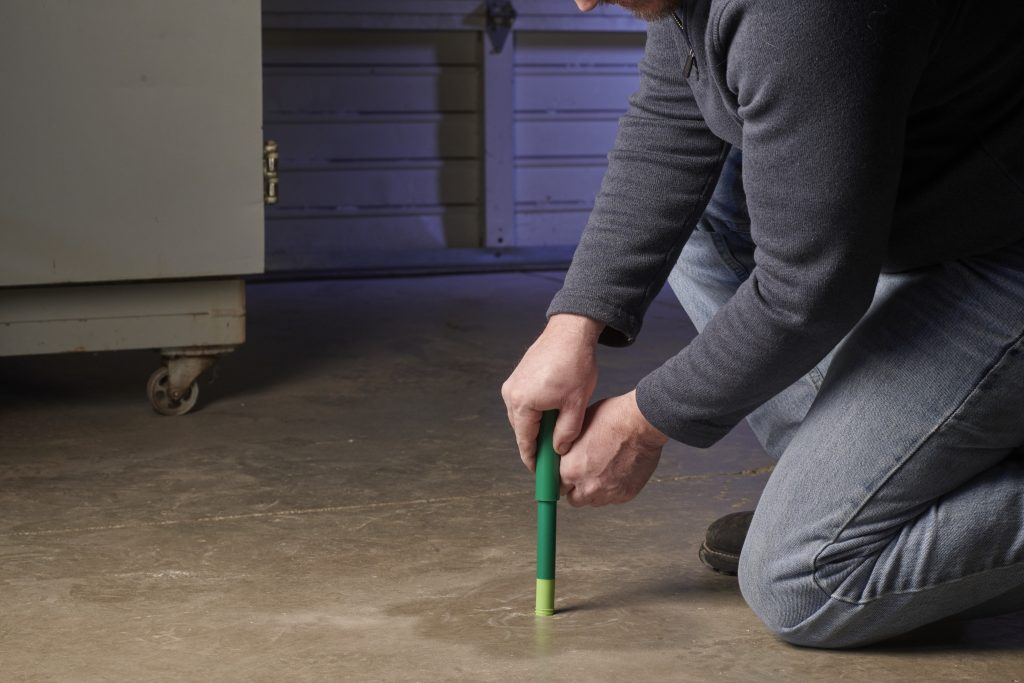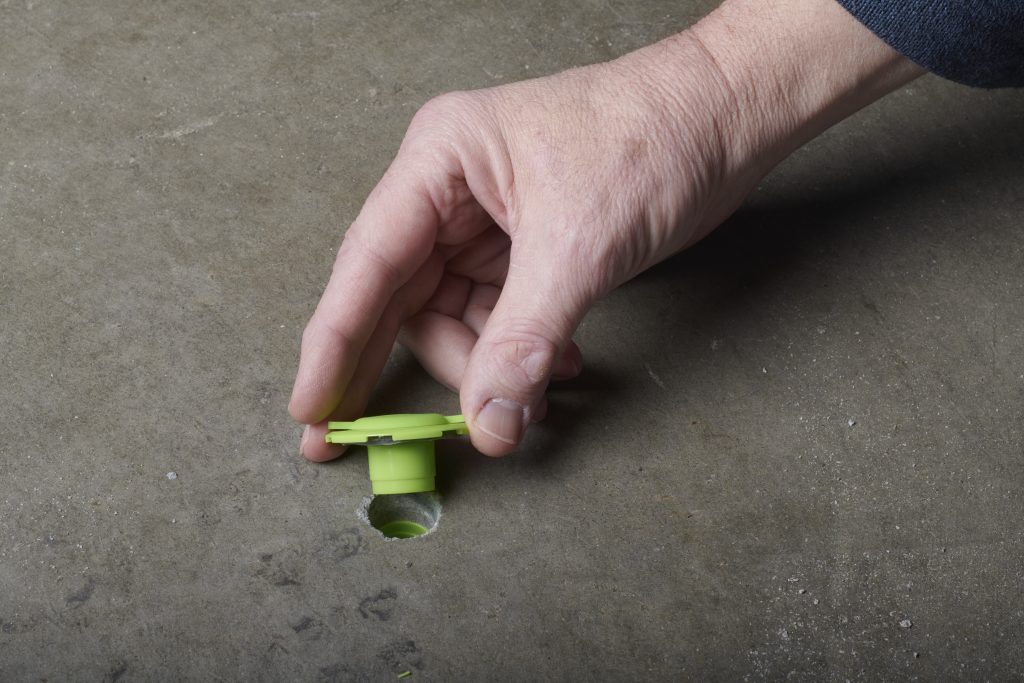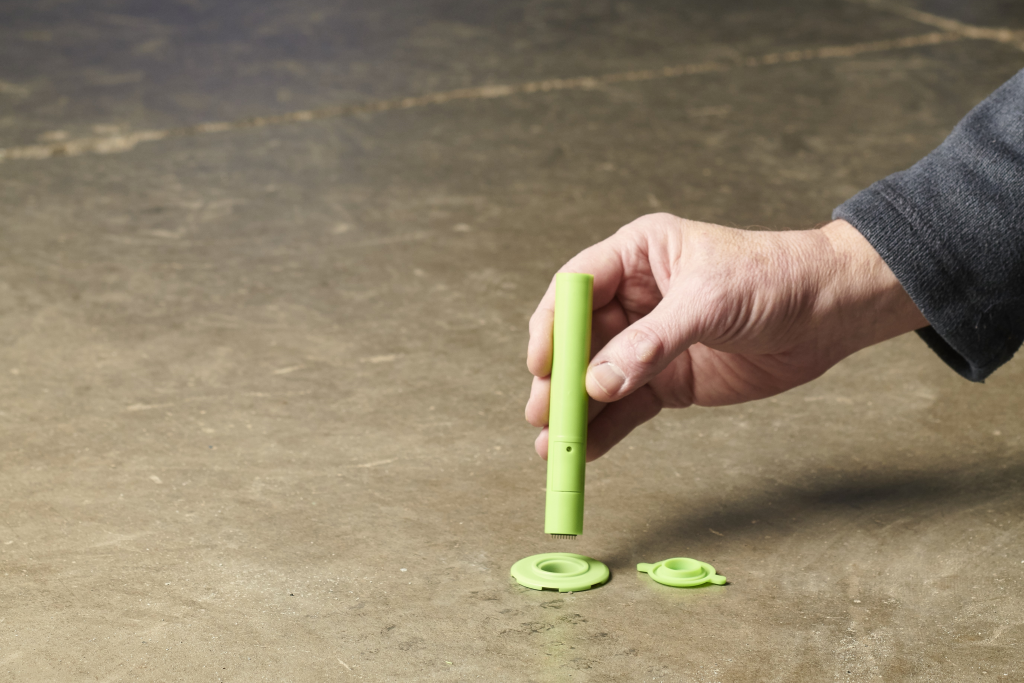Moisture Testing
Installation of flooring systems over concrete slabs is commonplace in construction, providing a robust flooring system. But installing over a concrete slab with a higher than specified moisture content often causes adhesives to fail, screeds to blow and the floorcoverings to distort, requiring costly replacement of the entire flooring system. Concrete moisture testing will tell you the condition of your subfloor, as required by Australian Standards, to safeguard you against moisture related flooring failures.
Moisture Testing of Concrete Subfloors
Old, new, suspended and on-ground concrete slabs may appear solid, inert and dry, but are actually permeable, allowing moisture/moisture vapour to pass through. Moisture from sources such as ground water, newly poured concrete, refrigerators/freezers, flood saturation and leaking service lines may evapourate from bare concrete, however once sealed with adhesive and floorcoverings, the moisture within the concrete becomes trapped, resulting in moisture building up.
Treatment options for slabs with a high moisture content, such as the application of moisture barriers, add significant time and expense to a project. ATTAR’s quantitative in-slab moisture testing conducted to Australian Standards AS 2455 and AS 1884, gives you the power to specify these treatment options only where they are necessary, and for much less than the subfloor treatment cost.
How Moisture Testing Works
Though qualitative/indicative testing meters exist, ATTAR uses quantitative moisture test methods using calibrated in-slab moisture probes in accordance with Australian Standards as requested by adhesive manufacturers. This way you can be confident the results we provide are accurate, reliable and defendable.
Testing involves drilling 19mm holes part-way into the concrete slab across the nominated test area. The distance into the slab depends on the slab thickness and if it is suspended, on-ground or on metal decking. Sensors are then inserted down to the bottom of the hole, sealed with a polymer cap (caps protrude 3mm above the floor) and left to equilibrate for a minimum of 24 hours. Moisture readings are then taken from each sensor by inserting a reading device into the sensor hole. Holes are then filled in (if required) ready for the flooring system.
Results are promptly provided to you in a formal ATTAR Report alongside a floor-plan of the areas tested and corresponding moisture test readings.






Accreditaions
ATTAR conducts moisture testing of concrete subfloors in line with Australian Standards AS 2455 and AS 1884.
ATTAR’s flooring consultant Don Considine is certified by the International Concrete Repair Institute (ICRI – Jan 2022) as a Certified Slab Moisture Testing (CSMT) Technician – Grade 1. Don Considine also sits on the AS 2455, AS 1884 and ASTM F06 committees, overseeing and writing national moisture testing standards
We are also active participants on a number of Australian textile and resilient technical committees and develop training documents for the Floor Covering Institute of Australia (FCIA).
How ATTAR Can Help
With more than 12 years of experience in moisture testing of concrete subfloors, ATTAR’s technicians are well placed to deliver the testing you need, in the time you need it.
Technicians work under the guidance of ATTAR’s flooring expert, Don Considine. As a Director at IKW Consulting for more than eight years, and a flooring installer for 14 years Don has earned a reputation for his expertise in general flooring consulting and moisture-related flooring failures.
Contact us to arrange moisture testing of your concrete subfloor.
